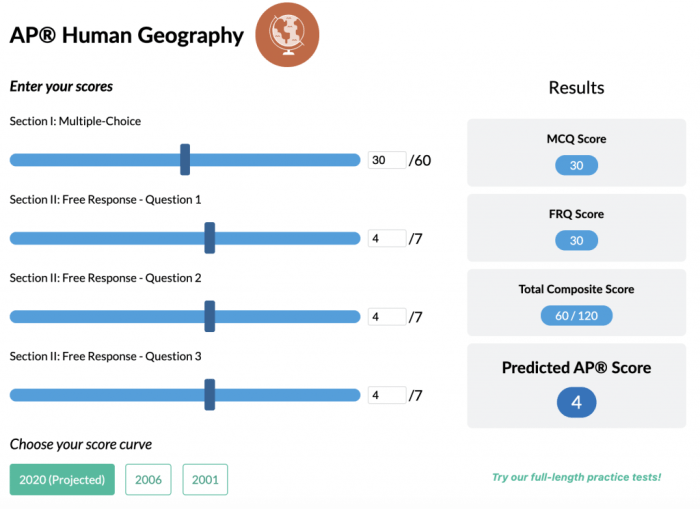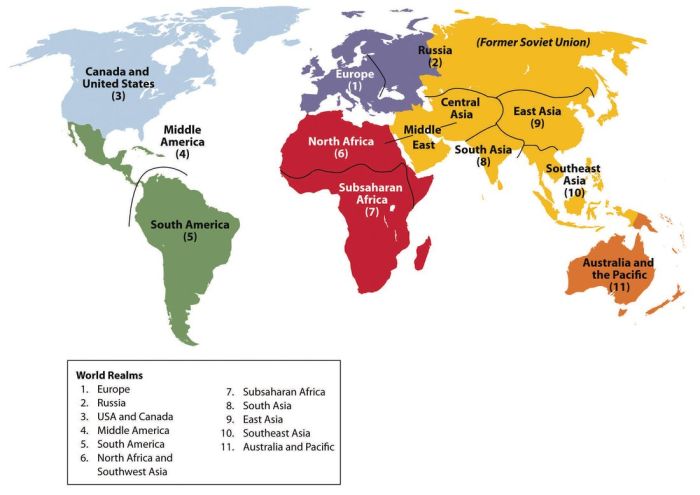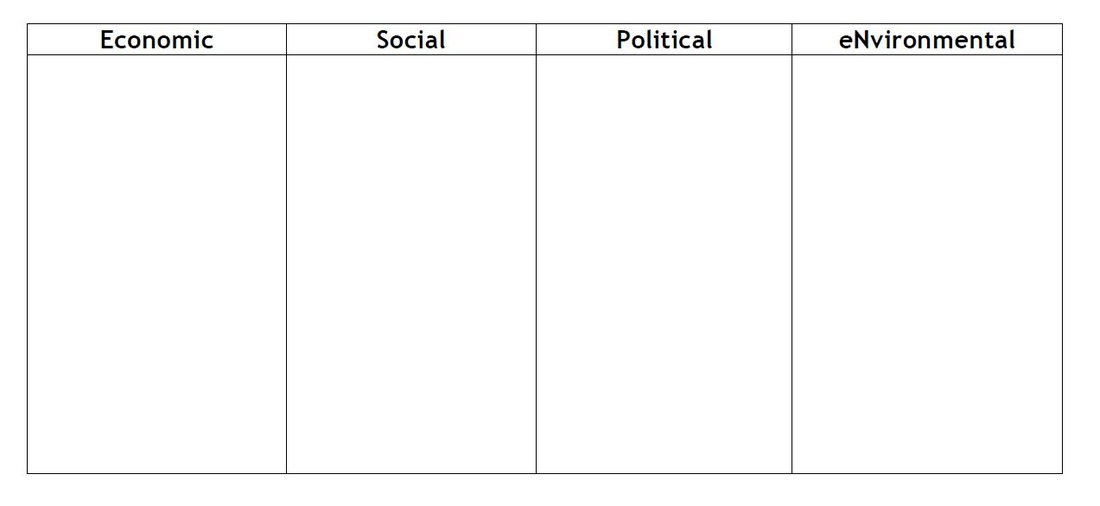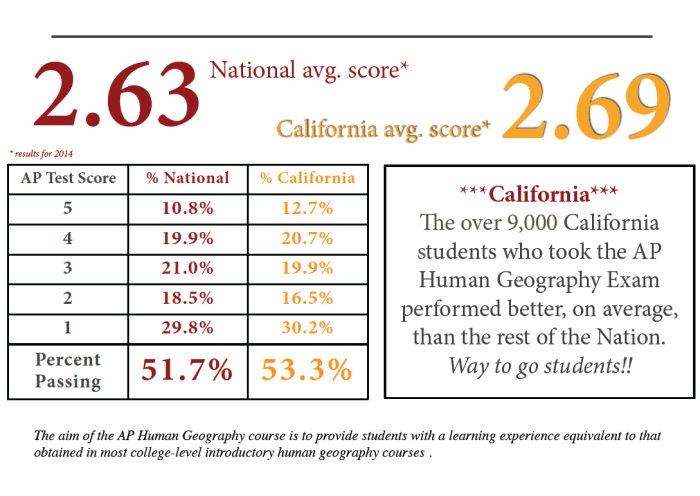Espn chart ap human geography – The ESPN chart, a powerful tool in AP Human Geography, empowers students to unravel the complexities of geographical data. This comprehensive guide delves into the intricacies of the chart, showcasing its versatility in analyzing population, economic, and environmental data, equipping learners with the skills to decipher the world around them.
Delve into the multifaceted applications of the ESPN chart, from understanding population distribution patterns to identifying areas of economic growth and decline. Discover how this tool unveils environmental concerns and provides insights into the factors shaping our planet.
ESPN Chart: An Overview

The ESPN chart, also known as the environmental systems processing network (ESPN) chart, is a graphical representation of the interrelationships between different environmental systems. It is used in AP Human Geography to analyze the complex interactions between the atmosphere, hydrosphere, lithosphere, and biosphere.
Purpose and Significance, Espn chart ap human geography
The ESPN chart provides a visual framework for understanding how human activities and natural processes affect the environment. It helps students identify and analyze the cause-and-effect relationships between different environmental components, such as how deforestation can lead to soil erosion and climate change.
Data Representation
The ESPN chart can represent various types of data, including:
- Environmental data: such as temperature, precipitation, and soil moisture
- Human activities: such as land use, agriculture, and industrialization
- Environmental impacts: such as pollution, climate change, and biodiversity loss
Using the ESPN Chart to Analyze Population Data

The ESPN chart is a powerful tool for analyzing population distribution patterns. It allows us to visualize the spatial distribution of population data, identify areas of high and low population density, and understand the factors that influence population distribution.
Factors Influencing Population Distribution
Several factors influence the distribution of population across a region, including:
- Climate:Climate plays a significant role in determining the suitability of an area for human habitation. Favorable climates, such as those with moderate temperatures and abundant rainfall, tend to attract larger populations.
- Resources:The availability of natural resources, such as water, fertile land, and minerals, can also influence population distribution. Areas with abundant resources tend to support larger populations.
- Economic opportunities:Economic opportunities, such as job availability, can also attract people to certain areas. Urban centers, which offer a wider range of economic opportunities, often have higher population densities than rural areas.
Identifying Areas of High and Low Population Density
The ESPN chart can be used to identify areas of high and low population density. Areas with high population density are typically represented by darker shades on the chart, while areas with low population density are represented by lighter shades.
By examining the ESPN chart, we can identify regions with high concentrations of population, such as urban centers and coastal areas. We can also identify areas with low population density, such as remote rural areas and deserts.
Using the ESPN Chart to Analyze Economic Data
The ESPN chart can be used to analyze economic data, such as GDP, trade, and investment. By plotting these data on the chart, we can see how they change over time and how they compare to other countries. This information can be used to identify trends and patterns in economic development.
Factors Influencing Economic Development
There are a number of factors that influence economic development, including:
- Natural resources
- Infrastructure
- Government policies
Natural resources can provide a country with a comparative advantage in certain industries. For example, a country with abundant oil reserves can develop a strong oil industry. Infrastructure, such as roads, bridges, and ports, is essential for economic development. It allows goods and services to be transported efficiently and facilitates trade.
Government policies can also play a role in economic development. For example, a government can provide subsidies to businesses or invest in education and healthcare.
Looking for an edge on your ESPN chart AP Human Geography exam? Don’t forget to check out the cpi post test answer key 2023 for some helpful tips and insights. With the right preparation, you can boost your score and ace your exam.
Good luck on your ESPN chart AP Human Geography journey!
Using the ESPN Chart to Analyze Environmental Data

The ESPN chart can also be used to analyze environmental data, providing valuable insights into climate, water resources, and land use. Understanding the factors that influence environmental conditions is crucial for addressing global challenges and promoting sustainability.
Climate
The ESPN chart can map climate data, such as temperature, precipitation, and humidity. By comparing data over time, it’s possible to identify trends and patterns in climate change. Human activities, such as burning fossil fuels, contribute to greenhouse gas emissions, leading to global warming and its associated impacts.
Water Resources
The ESPN chart can assess water resources, including availability, quality, and distribution. Understanding these factors is essential for managing water scarcity and ensuring sustainable water use. Natural disasters, such as droughts and floods, can significantly impact water resources, requiring proactive planning and adaptation measures.
Land Use
The ESPN chart can analyze land use patterns, such as agriculture, urbanization, and conservation areas. Land use decisions have significant environmental implications, including habitat loss, biodiversity decline, and soil erosion. Identifying areas of unsustainable land use practices can help develop strategies for conservation and responsible development.
Creating an ESPN Chart: Espn Chart Ap Human Geography

Creating an ESPN chart is a straightforward process that can be accomplished using various software or online tools. Here’s a step-by-step guide to help you get started:
1. Choose a data source
Gather the data you want to visualize from reliable sources. This could be a spreadsheet, database, or online API.
2. Select a chart type
ESPN charts offer a range of chart types, including line charts, bar charts, scatter plots, and pie charts. Choose the chart type that best suits your data and the story you want to tell.
3. Import your data
Once you have selected your data source and chart type, import your data into the charting software or online tool. This typically involves uploading a file or connecting to a database.
4. Customize your chart
ESPN charts allow you to customize various aspects of your chart, such as the colors, labels, and axes. Experiment with different options to create a visually appealing and informative chart.
5. Add annotations
Annotations allow you to add additional information to your chart, such as text labels, arrows, or shapes. These can help you highlight key insights or draw attention to specific data points.
6. Save and share your chart
Once you are satisfied with your chart, save it and share it with others. You can export your chart as an image or embed it into a website or presentation.
Limitations of the ESPN Chart
The ESPN chart is a useful tool for visualizing and analyzing data, but it has some limitations. One limitation is that it can only represent two variables at a time. This can make it difficult to see how multiple variables are related to each other.
Another limitation of the ESPN chart is that it cannot represent complex relationships between variables. For example, the ESPN chart cannot show how the relationship between two variables changes over time or how it is affected by other variables.
Overcoming the Limitations
There are a number of ways to overcome the limitations of the ESPN chart. One way is to use other methods of data analysis, such as regression analysis or ANOVA. These methods can be used to analyze more complex relationships between variables and to see how they change over time.
Another way to overcome the limitations of the ESPN chart is to use multiple charts. For example, you could use one chart to show the relationship between two variables and another chart to show how that relationship changes over time.
Alternative Methods
There are a number of alternative methods that can be used to complement the ESPN chart. These methods include:
- Scatterplots
- Line charts
- Bar charts
- Pie charts
Each of these methods has its own advantages and disadvantages. The best method to use will depend on the specific data you are analyzing and the questions you are trying to answer.
Commonly Asked Questions
What is the purpose of the ESPN chart in AP Human Geography?
The ESPN chart is a versatile tool that enables students to analyze and visualize geographical data, providing insights into population distribution, economic development, and environmental conditions.
How can the ESPN chart be used to identify areas of high population density?
By plotting population data on the ESPN chart, areas with higher concentrations of people can be easily identified, allowing for further analysis of factors influencing population distribution.
What types of economic data can be analyzed using the ESPN chart?
The ESPN chart can be used to analyze various economic indicators such as GDP, trade, and investment, helping students understand patterns of economic growth and decline.